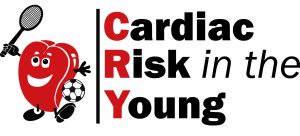Nikhil Chatrath et al. Heart (British Cardiac Society). 2022 Nov 24. Read the paper here
There is a paucity of studies looking at the natural history of valvular heart disease (VHD) in exercising individuals, and exercise recommendations are largely based on expert consensus. All individuals with VHD should be encouraged to avoid sedentary behaviour by engaging in at least 150 min of physical activity every week, including strength training. There are generally no exercise restrictions to individuals with mild VHD. Regurgitant lesions are better tolerated compared with stenotic lesions and as such the recommendations are more permissive for moderate-to-severe regurgitant VHD. Individuals with severe aortic regurgitation can still partake in moderate-intensity exercise provided the left ventricle (LV) and aorta are not significantly dilated and the ejection fraction (EF) remains >50%. Similarly, individuals with severe mitral regurgitation can partake in moderate-intensity exercise if the LV end-diastolic diameter <60 mm, the EF ≥60%, resting pulmonary artery pressure <50 mm Hg and there is an absence of arrhythmias on exercise testing. Conversely, individuals with severe aortic or mitral stenosis are advised to partake in low-intensity exercise. For individuals with bicuspid aortic valve, in the absence of aortopathy, the guidance for tricuspid aortic valve dysfunction applies. Mitral valve prolapse has several clinical, ECG and cardiac imaging markers of increased arrhythmic risk; and if any are present, individuals should refrain from high-intensity exercise.




